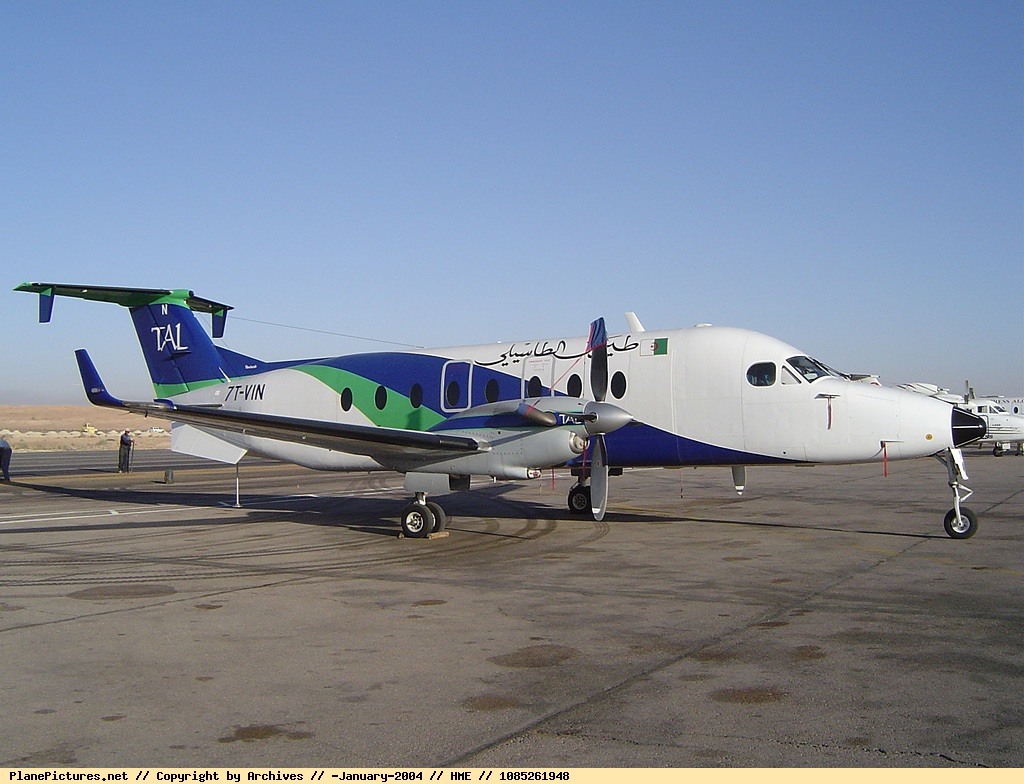Crash of a Fokker 100 in Ganla
Date & Time:
May 10, 2014 at 2000 LT
Registration:
5N-SIK
Survivors:
Yes
Schedule:
Bratislava – Ghardaïa – Kano
MSN:
11286
YOM:
1989
Crew on board:
2
Crew fatalities:
Pax on board:
0
Pax fatalities:
Other fatalities:
Total fatalities:
0
Circumstances:
Following a C-Check at Bratislava Airport, the aircraft was returning to its base in Kano, Nigeria, with an intermediate stop in Ghardaïa. While flying over the Niger airspace, the crew was in contact with Niamey ATC when he apparently encountered poor weather conditions (sand storm) and lost all communications. The exact circumstances of the accident are unclear, but it is believed that the crew was forced to attempt an emergency landing due to fuel shortage. The aircraft landed in a desert area located in the region of the Ganla beacon, south of Niger. Upon landing, the aircraft lost its undercarriage and slid for few dozen metres before coming to rest. Both pilots evacuated safely and the aircraft was damaged beyond repair. The wreckage was found about 190 km north of Kano.






